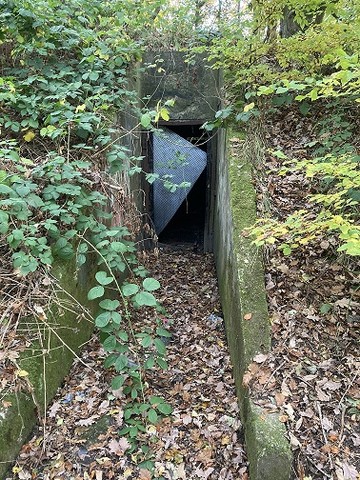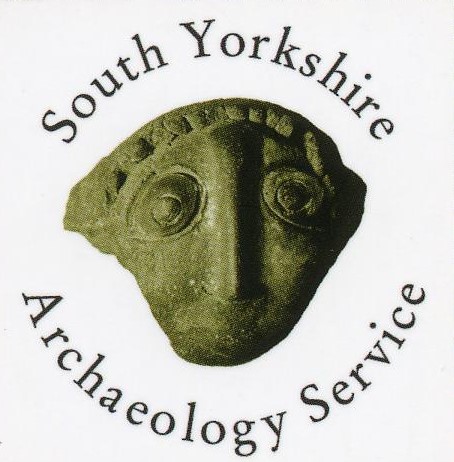Making the Most of Your Nominations

Over the past 5 months the Local Heritage List has received some amazing nominations from all over South Yorkshire. There have been all sorts of places, from furnaces to water troughs, churches to fields with ridge and furrow marks, shops, houses, farms and much more! Every one has been different and each gives us that little bit more valuable information on how the region developed and grew into the places we all know so well.
Like the places they refer to, the nomination forms themselves have also been interesting to read, some are very detailed, others quite succinct and they include a variety of photographs, plans, newspaper cuttings and old engravings and paintings. It’s been amazing to see what sort of research has been done and the information that has been found from so many sources (even without the archives in Doncaster!). It’s been especially interesting to see how each nomination fits in with the assessment criteria and many have included surprising facts about how assets meet unexpected criteria, who would have thought an old cinema would have archaeological value!?
By far the best nominations are the ones that have been able to illustrate clearly how the asset meets all, or nearly all, the criteria, as these show a really well-rounded picture of the character of the asset and why it is so important to the local area. Here is a selection of some of our favourites, so far, from the brilliant nominations we have received.

Silkstone Waggonway
This was a horse drawn railway, originally laid out in 1802 by the Barnsley Canal Navigation Company to link the Barnsley Canal to Silkstone to transport coal from the collieries. It was later extended south to Moorend and Silkstone Common in 1830. It’s a rare example of an early industrial transport network that links a large number of other related heritage assets and increased the industrialisation of the area. The waggonway includes a series of well-preserved routes of cuttings, embankments, tunnels and bridges with numerous areas of surviving sleepers still evident along its line. Silkstone Waggonway now forms a well used trail benefiting from numerous interpretative boards, installations and artworks and is appreciated by all who use it.
Balby Board School
Balby Board School was constructed in 1884 to serve as an educational establishment for children from all around Balby and nearby Hexthorpe, following Forster's Education Act in 1870s. The two-storey building was built in brick with impressive Palladian windows and a brick-framed sandstone plaque recording its name and date. The building was designed to accommodate 500 pupils from Balby and Hexthorpe. Populations of both areas were increasing with the opening of the Railway Plant Works nearby. After permanent schooling ceased in the 1950s, the Board school buildings were used for a range of educational purposes, including handicraft classes and a nursery school.

Maltings
This former maltings building is now commercial units, but was formerly operated by Whitworth, Son & Nephew Ltd. The building was constructed sometime between 1850 and 1890 and is now possibly the only surviving maltings in Rotherham. Constructed of a combination of brick and stone, it retains some decorative brickwork to the south and several distinctive features that are illustrative of its former function, such as the tall and vented roof of its former malt kiln and the high, small windows of the malt floors. This maltings was one of several around the Rotherham Area owned by Spedding Whitworth, who also owed at least 45 pubs in the area by 1891.
Bomb Store, RAF Norton
The Former RAF Norton site was abandoned by the RAF in 1965 and became derelict by the 1990s, later the site was cleared of all remaining structures with the exception of this outlying bomb store. The structure was constructed from concrete in 1939 as part of the first phase of building the RAF station site. The bomb store is partially subterranean with two partially concealed entrances which access the main room of the structure and covered by trees. Original doors, blast walls remnants of electrical services and faint traces of paint on some internal walls all survive. The structure is in very good condition with little sign of concrete/rebar failure.

Hopefully, if you haven’t already submitted a nomination, these snippets will inspire you to get out into your local area and nominate something! If that is the case here are some top tips for filling in the nominations form:
- Assessment criteria - make sure you have a look at these before you start your research – it’ll help you work out the sort of information you’ll need to include on the form.
- Asset type – use this box on the form to tell us which criteria you have been using, as it will help the Assessors to judge it properly. This should be either Building/Structure, Parks & Gardens, Archaeological Site, Commemorative Monument or Area/Place.
- Statement of Significance – make sure you have filled in at least 5 of the 7 criteria boxes (not including ‘Asset Type’). Assets need a positive score in 5 of the 7 criteria to be accepted onto the list, so if there are fewer filled in, the panel won’t have enough information to assess them properly.
- Images – make sure you include some images with your nomination. A picture (or several) can tell a thousand words and helps both assessors and later, users of the list.
As always, we’re here to help if you have any problems or queries. Just send us a message and we’ll do whatever we can to give you a hand. In the meantime, enjoy the research and keep nominating!

